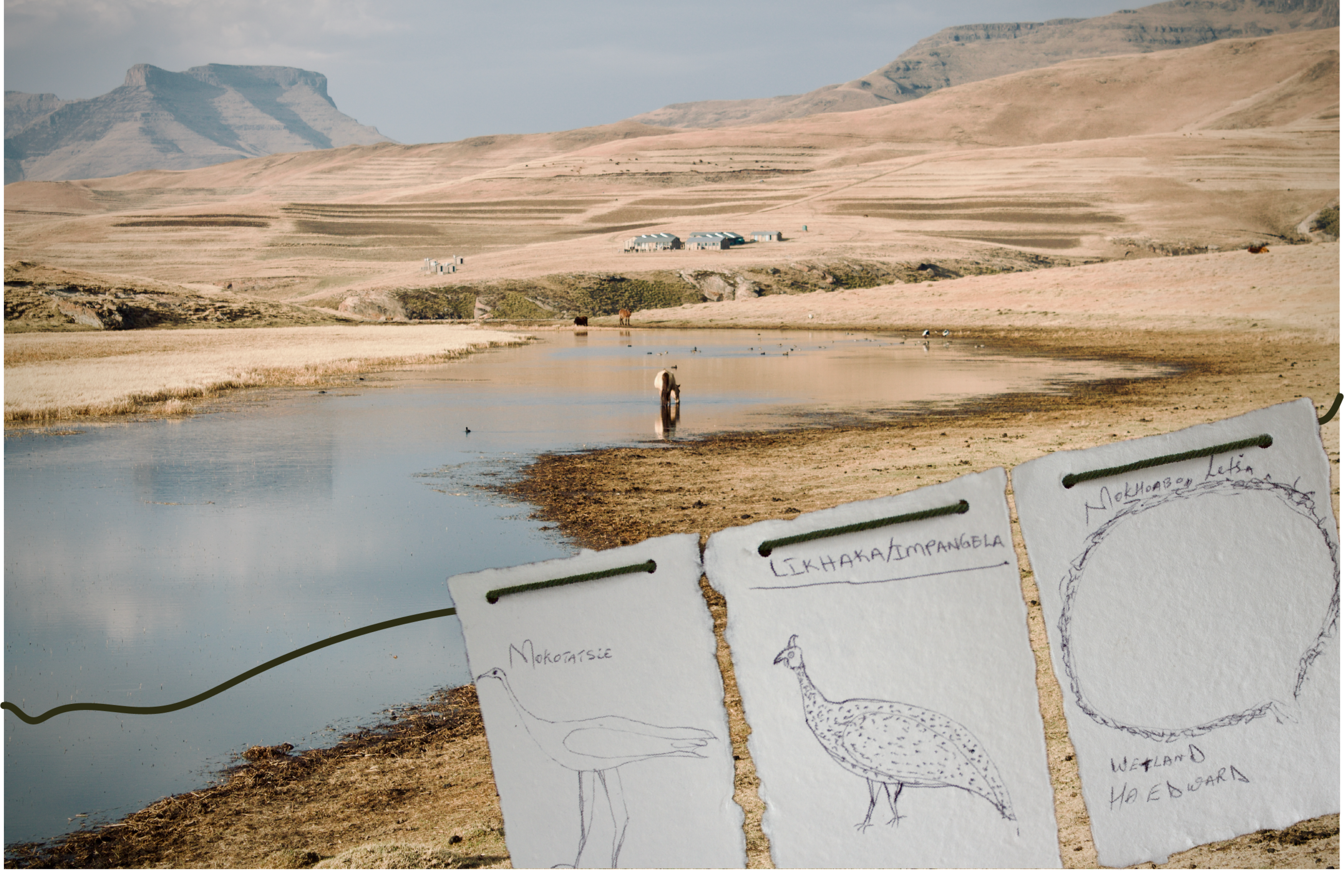Indigenous Climate Observatories
Lizette Reitsma will initially introduce the Indigenous Climate observatory project, the stories that came from it, and reflections on how we can learn from the project’s focus to pay attention to our direct local environments to become more attuned to the changes that happen around us. A workshop session will follow on the subject of Local Climate Observations.
Lizette's talk and workshop will take place in the exhibition Care for Design Research at the main location Lokstallarna. Limited amount of places. Registration required for the workshop session by email to: Lizette.Reitsma@mau.se
Indigenous communities are amongst the most vulnerable to the impacts of climate change and biodiversity loss, yet their ways of knowing are often excluded from climate research and policymaking. It is therefore that we focused in the project Indigenous Climate Change Observatories - Local Knowledge for Local Action, on the question: How can we learn together to better understand local climate change? We worked with different indigenous communities in different places in the world on shaping Indigenous Climate Observatories: Two in Borneo, Malaysia (focused on connections to the river/forest), three in Eswatini (focused on biodiversity), and two in Lesotho (focused on weather patterns). Central in the manifestation of the observatories was the understanding of indicators of change: How can we understand change and what indicators do/could the communities use to observe or reflect on change? Each of the Indigenous Climate Observatories manifested uniquely, bringing together the communities, their concerns, and their interactions with the local researchers and introducing different indicators of change thereby morphing into something unique.
As a red thread through the project, we have made use of stamped blankets, as initial meeting spaces. Therefore, we tell the project’s story through those blankets. There will be three types of blankets. The first will contain the initial change indicators (brought in by a Western researcher) that were used as a suggestion to introduce the concept of indigenous climate observatories to the different communities. The second type of blankets will contain the change indicators as found or brought forth by the communities. The third type of blanket will be the blanket that we create during the SSDD to understand local indicators of change and what those mean.
Indigenous Climate Observatories (funded through the Crafoord Foundation) is a project initiated by Malmö-based design researcher Lizette Reitsma. Her research has been about whether and how designers from outside can work respectfully with Indigenous Communities. She has worked in Malaysia, the Netherlands, Southern Africa, Sweden, and Scotland. She currently is an associate senior lecturer at Malmö University focusing on social change and sustainability. Lizette set up this project in collaboration with different research partners, all with different disciplinary expertise, from around the world, in close interaction with local communities. In Borneo, Malaysia she works with Tariq Zaman (from University of Technology, Sarawak), who has a research focus on Indigenous Knowledge Management and ICT for Development. In Eswatini she works with a team from the Eswatini Institute for Research in Traditional Medicine, Medicinal and Indigenous Food Plants, led by Meshack Dludlu and Gugu Sibandze. In Lesotho, she works with Molibeli Taele from the National University of Lesotho who is specialized in the prediction of weather over a short period, and a team of researchers and forecasters from the Lesotho Meteorological Institute.



